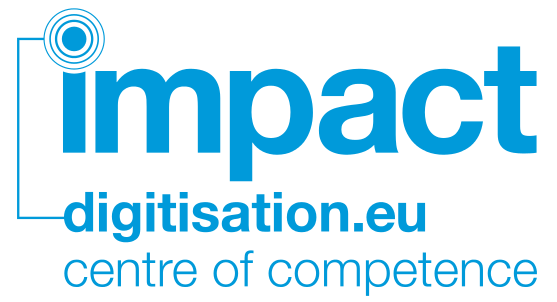Next, Günter Mühlberger of Universitäts- und Landesbibliothek Tirol (University and Regional Library Tyrol) talks about the situation with regard to full-text digitisation in Europe and elsewhere. He notes that in Europe, OCR has not always been a standard part of the workflow, so there is much legacy digital material that has never been OCR’d – and more importantly not created for OCR. He notes, however, that Americans have been more proactive in this field, citing JSTOR and Google Books as examples.
[slideshare id=4138337&doc=bratislavaws-mhlberger-ocrinlibrariesnolocallinks-100518090530-phpapp01]
ARVE Error: need id and providerThere are a few reasons for this, among them the relative unsophistication of even fairly recent OCR systems, but also that a project that involves OCR breeds complications. Put simply: once you’ve made your OCR, what do you do with it? How do you assure its quality? How do you expose it to the public, if at all? Günter gives an example from Austrian Literature Online.
He then outlines the pros and cons of the three major sources of text-based digital material: bound volumes, microfilms and loose folios. All can be done well, but digitisation managers need to focus on producing not just a “good” image, but an image that’s good for OCR.
The characteristics of a good image for OCR are overall sharpness, distinct fonts, a clear background, a complete shot with a white frame around the side for OCR orientation. All lines should be parallel to each other and to page margins. No additional noise (or marginalia) from users. Not all of these things are easy to control, but the existence of problematic features could be used to guide material to be digitised.
Some general recommendations: if it’s a modern, clean document, it can be captured at 300dpi as a bitonal JPEG; if it’s an older document with problematic features, then greyscale 400ppi TIFF is preferable. Günter concludes by saying that OCR is a must for a digital library text collection.
Niall Anderson, The British Library + Mark-Oliver Fischer, Bavarian State Library
